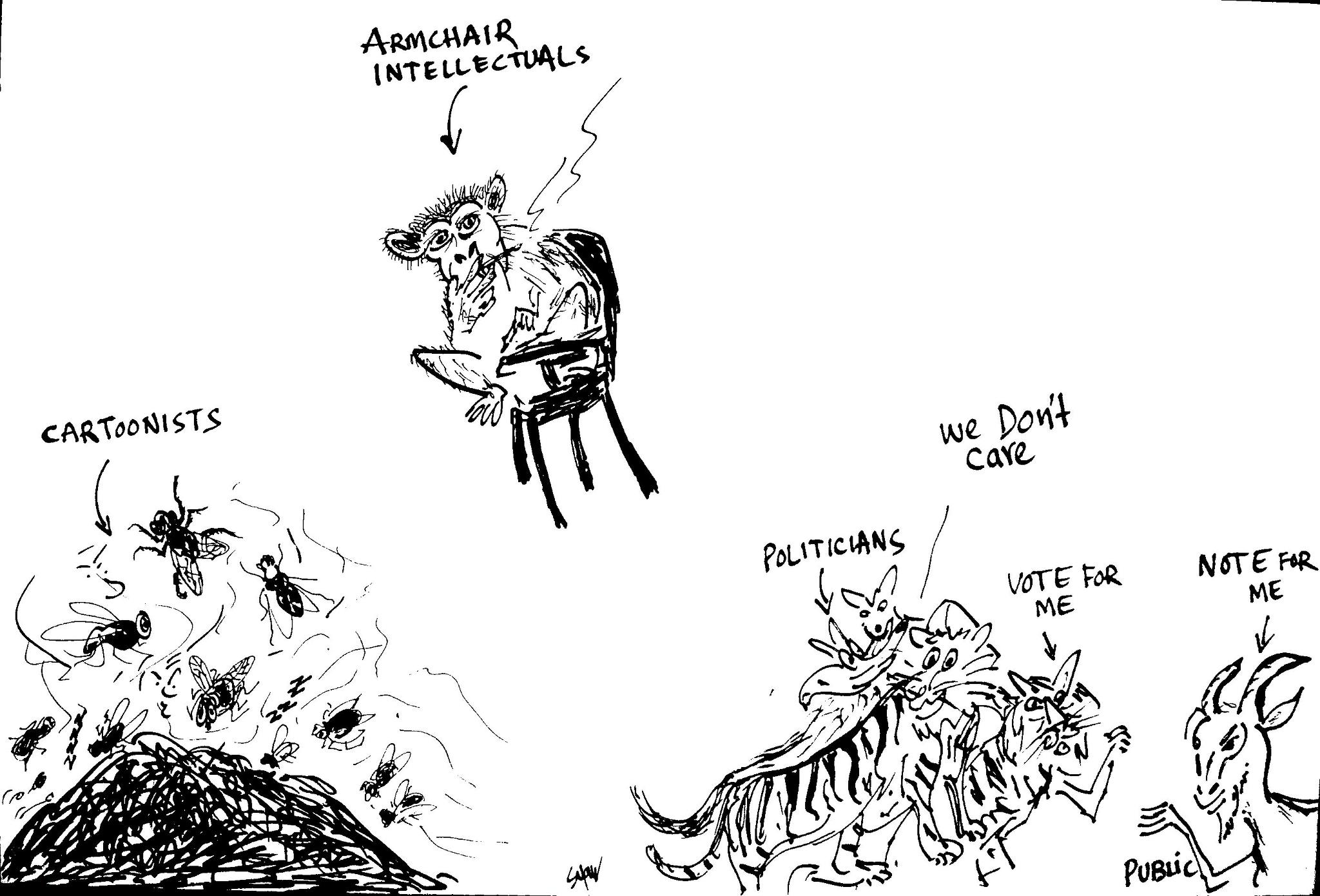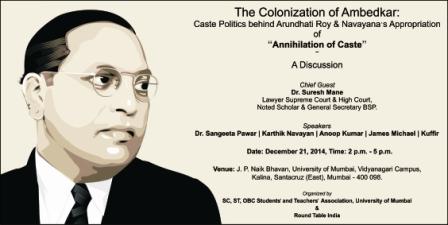
To increase the efficiency, reduce costs and eliminate chances of booth capturing, Electronic Voting Machines (EVM) were introduced. EVM was introduced in 1989 by the Election Commission in collaboration with Electronic Corporation of India Limited (ECIL). Presently, it is also manufactured by Bharat Electronics Limited. The full scale usage of EVMs in all the State and Central elections started from 2004. The current EVM consists of buttons, memory chip, software program, electronic board and result display unit. Let us see what are the issues related to the EVM and how it can be manipulated or hacked to kill the democratic process.
1. Voting Input Stage – If someone presses a button, how will the person know the input is recorded for the desired candidate? It is only possible to verify the input vote, if the previous and new count is displayed for the voted candidate. This is not possible, so the voter just rely on the LED light and beeping sound. No one knows what is registered in the memory or the input is lost until the vote is counted.
2. Counting Method – Even if someone blindly assumes the vote is registered correctly and saved in the memory chip, how can one be sure that the counting of the votes are done correctly? Any mixture of total votes can be displayed at the result stage as no one has seen the software program to verify the methodology. The trial run can only test for few votes manually and not for lakhs of votes.
3. Result Display Stage – The display unit in the machine is connected to the memory. Even if someone blindly assumes that vote is registered correctly and counted correctly, there is no guarantee that resulting count is displayed correctly. Prof. J Alex Halderman[1] has already demonstrated that the display unit can be manipulated to show any random desired result irrespective of input votes.
4. Counting Manipulation – Assuming blindly that the vote input, counting software, display unit is correct, the counts can be changed at a later stage when the machines are kept in the strong room in various locations. Prof. J. Alex Halderman [1] has already demonstrated that this can be done in few seconds by using a simple device, using some money.
5. Recounting Verification – What if the election process is hacked at any stage by manipulating the machine at input, counting or display stage? Usually, in paper ballots recounting is done manually by paper and any mistake is corrected. But in the EVM system, no one can know what happened during the hacking and there is no trail proof left to correct the manipulation.
6. Who Owns the Software? – This may seems ridiculous that the software is not owned by the Election Commission. Election Commision claims that only 3-4 software engineers know about the software. This is so incredibly unbelievable, that the most sacred process of voting is left in the hands of few unknown software engineers and no Constitutional Body owns the software. This poses a serious security threat as this information can be leaked to organizations and destroy the soul of India’s democracy.
7. Machine Verification Process – Election Commission claims that the public and political parties are allowed to verify the machine before election process. But the most important point here is that the public or political party representative sdon’t have the technical capability to understand the hardware system and the software is anyway not accessible to anyone. How can a novice verify that 20 or 100 odd votes to different candidates are giving correct counting result. The problem with this verification is that a software program can behave very differently for 100 votes, 1000 votes and 10,000 votes with a single IF condition for various scenarios. And certainly no one in the public is doing simulation for 10 Lakh votes manually. Another problem is even if the machine and software works during the trial phase, no one can guarantee that it can not be hacked at later stage.
8. Public Scrutiny – Election Commission is not allowing the public to scrutinise the hardware and software of the EVM. Why? The Election Commission keeps on rhetorically saying that EVM is secured, but citizens are not blind followers and they have every right to question the system and process in democracy. If Election Commission is so confident about the machine, then why it is not allowing the public to scrutinise the machine?
9. International Experience – India is certainly not the most advanced country in the world in terms of technology and knowledge. India is unable to add printer to EVM for last 5 years. None of the advanced countries are using EVM for their voting process. Majority of states in USA have banned EVM without paper. Germany Supreme Court has banned EVM to make sure public understand the voting system.
10. If Internet Banking why not EVM? – Many people argue that the hard earned money are used on internet then why not technology based voting. There is fundamental difference, in the bank account every transaction is recorded and can be reviewed at later stage on print statement. Even if the bank account is hacked, the account holder will be able to verify the undesired transaction and hold someone accountable. But in EVM, the voter can not view the transaction statement and it is impossible to verify if the system was hacked during any stage of the process.
11. Why only some elections are hacked? – To understand the solution, I would suggest readers to watch oscar winning movie “The Imitation Game” based on a true story. To simplify the answer, a great mathematician Mr. Alan Turing from England used probability theory to use the hacking mechanism of German information system for only selected targets in favor of England during World War II. This allows the victim to trust the system and continue using the hacked system. So, even if a hacker knows how to hack EVM machine, he would hack EVM only on few strategic occasions to keep the trust alive in EVM system.
12. Cost and Efficiency – Lot of people argue that EVM saves cost of paper ballot and increases efficiency. However, this can not be any justification to allow the election process prone to manipulation. If a country can not afford cost of paper ballots with reliability, the country should not exist as democracy. Single day newspaper print across the country is sufficient for 5 years ballots. Also, increasing efficiency can not be any justification for reducing reliability in the system, which can dent the democratic soul of India.
13. Judiciary Response – Multiple representations have been given to Election Commission by various intellectuals and political parties. Delhi High Court and Supreme Court have heard the cases since 2010 and they have concluded that EVM is susceptible to hacking and manipulation. Asom Gana Parishad, Subramanian Swamy, Mr. Waman Meshram have reached out to the judiciary for making election process reliable and protect the soul of Democracy. Supreme Court in Oct 2013 judgement has ordered Election Commission to implement VVPAT (EVM with paper trail) in a phased manner with complete implementation by 2019. This Judicial response is completely inadequate after accepting that EVM can be tampered. When the soul of democracy is at stake, Supreme Court has given 6 years for attaching printer to EVM machine. Why paper ballot were not immediately ordered along with reelection till VVPAT are implemented? Still in 2017 UP, Punjab etc., assembly elections only few units with printers are used in trial run for the election. This proves the technological competency of Election Commission. What if Election Commission goes to Supreme Court seeking more time in 2019 for attaching printer in EVM. Can the democracy be allowed to be destroyed till printers are not attached to EVM?
I am wholeheartedly thankful to Coursera for allowing me take an advance course on “Securing Digital Democracy” by Electrical Engineering and Computer Science, University of Michigan.
For more information visit https://indiaevm.org/
[1] Securing Digital Democracy course by Electrical Engineering and Computer Science, University of Michigan https://www.coursera.org/learn/digital-democracy.
~~~










